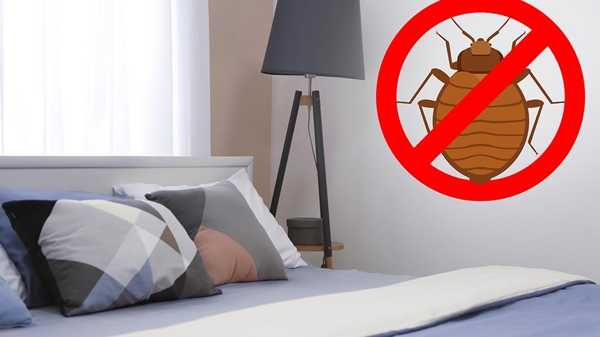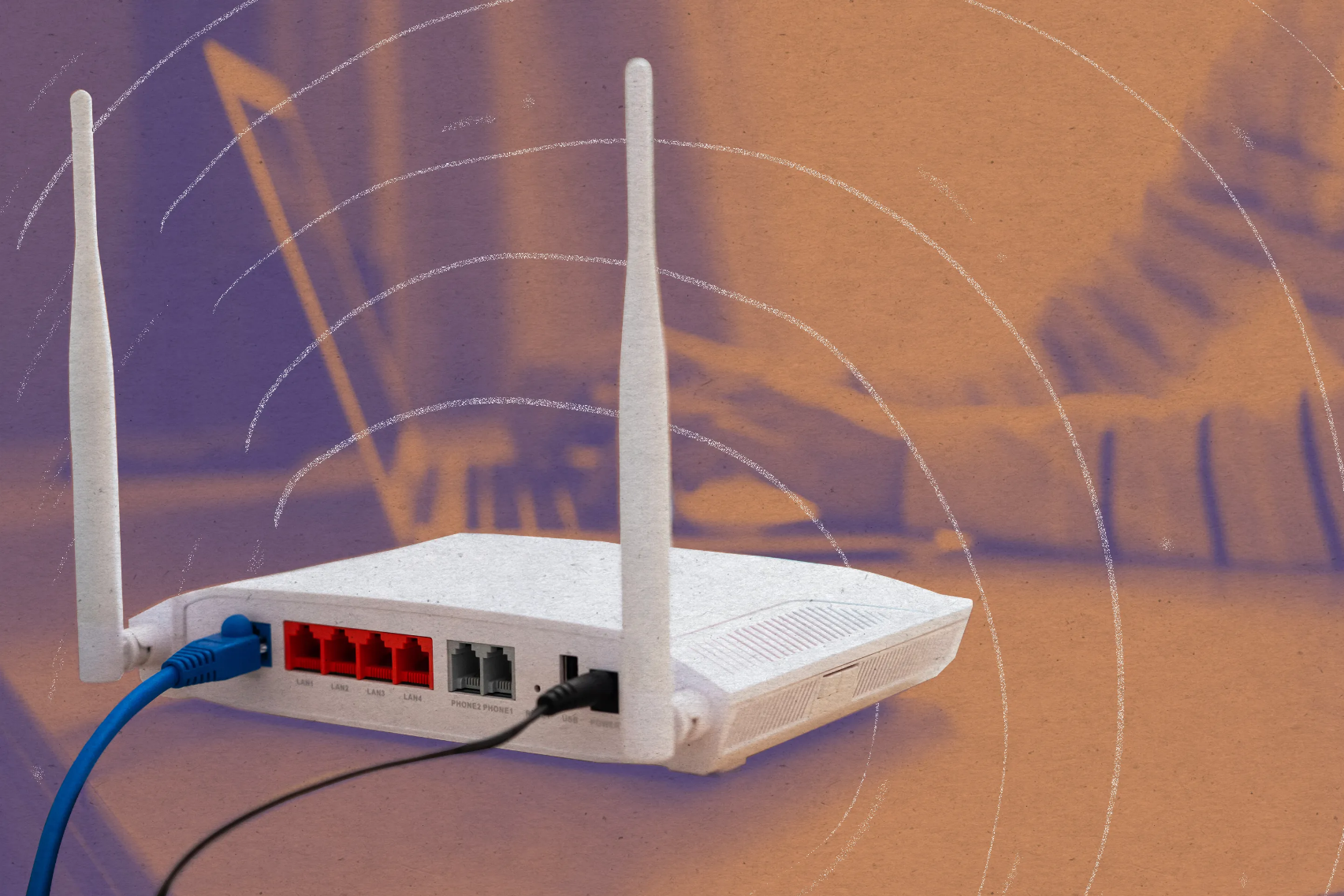How to Get Rid of Bed Bugs at Home: A Comprehensive Guide
Discover effective methods to eliminate bed bugs from your home. Follow our comprehensive guide for prevention, DIY solutions, and when to call professionals.
Bed bugs are small, reddish-brown insects scientifically known as, that thrive on the blood of humans and animals. Despite previous beliefs that they had been eradicated, there has been a significant resurgence of bed bugs in recent years. Their infestations can be found in various locations, including homes, hotels, and public spaces across the globe. This troubling trend is largely attributed to increased global travel, pesticide resistance, and a general lack of awareness regarding effective prevention measures. Left unchecked, bed bugs can result in sleepless nights, heightened stress, and potential health complications from their bites and any resulting secondary skin infections. Therefore, promptly addressing a bed bug infestation is essential to safeguarding your home and comfort. This article aims to provide readers with effective methods and practical tips for eliminating bed bugs from their homes, ensuring a bed bug-free environment that restores peace and comfort to everyday living. Cimex lectularius
Understanding Bed Bugs

Bed bugs () are small, wingless insects measuring roughly ¼ inch long, resembling apple seeds. They possess flat, oval bodies that are usually a brownish-red color. As nocturnal pests, bed bugs are known for their elusive behavior, often hiding in cracks, crevices, and the seams of mattresses during daylight hours. They feed on human blood, and their bites can leave small, itchy welts on the skin, often mistaken for bites from other insects.Cimex lectularius
Common signs of a bed bug infestation include tiny blood spots on sheets and dark fecal stains on bedding, as well as shed skins or exoskeletons around the home. The appearance of these indicators should prompt immediate action, as bed bugs can release a musty odor when infestations are severe.
Bed bugs are particularly notorious for spreading through travel. They effortlessly latch onto luggage, clothing, or second-hand furniture, inadvertently bringing them into households. Once established, they reproduce at an alarming rate, with females laying hundreds of eggs throughout their lifetimes. To combat bed bug infestations effectively, homeowners must recognize the early signs and understand preventive measures and removal strategies.
Initial Steps for Identification
Identifying a bed bug infestation is paramount before any remedial action can be undertaken. Accurately confirming the presence of these unwelcome pests can save time and resources and prevent unnecessary treatment efforts. Here are practical steps to ensure an accurate identification process in your home.
1. Inspect Bedding: Begin by closely examining your mattress, box spring, and bed frame. Look for brownish or reddish stains, often indicative of bed bug droppings. Additionally, check for tiny white eggs and shed skins found in seams and crevices, as these clues can validate the presence of bed bugs in your sleeping environment.
2. Check for Bites: Pay attention to your skin for unexplained bite marks. Typically, bed bug bites manifest as small, red welts that can cause itching. Although not everyone reacts to these bites, noticing a pattern of multiple bites arranged in a line or cluster may suggest a bed bug problem.
3. Use Traps: Employing bed bug traps can be an effective means of identification. Position traps under the legs of your bed or furniture to catch any roaming bugs. The discovery of bed bugs within these traps provides further confirmation and can inform you of your next steps in addressing the infestation.
By following these steps diligently, you can clarify whether there is a bed bug issue, facilitating informed decisions for remediation.
Prevention Strategies

To shield your home from bed bugs, consider implementing the following effective prevention strategies:
1. Regular Cleaning and Vacuuming: Establish a consistent cleaning routine that includes thorough vacuuming of bedrooms, especially around beds and baseboards. This diligent effort helps eliminate existing bed bugs and removes their eggs, thereby preventing a potential infestation before it starts.
2. Inspect Luggage After Travel: Bed bugs often travel alongside luggage, so examine your bags, clothes, and shoes carefully once you return from a trip. As an added precaution, wash clothing in hot water immediately after returning home.
3. Seal Gaps in Walls and Floors: Bed bugs easily enter through tiny cracks and crevices. Make it a habit to inspect your home for gaps around baseboards, walls, and floors, ensuring that these openings are sealed with caulk or appropriate materials to create an effective barrier against these pests.
Adhering to these simple yet practical tips can substantially diminish the likelihood of a bed bug infestation in your home.
Effective Removal Methods
When faced with a bed bug infestation, homeowners have several methods available for resolution, ranging from effective DIY solutions to professional extermination assistance based on the severity of the issue.
1. DIY Solutions
Many homeowners often resort to DIY solutions for bed bug eradication before seeking professional help. An effective method for DIY removal involves heat treatments, which can be achieved by washing and drying bed linens, clothing, and any affected fabrics at high temperatures. This process can effectively kill both bed bugs and their eggs.
A second solution involves applying over-the-counter insecticides specifically designed to target bed bugs. These sprays should be applied directly to affected areas, and it is essential to adhere to manufacturer instructions for safety and optimal effectiveness.
Additionally, some eco-conscious individuals prefer natural remedies, such as diatomaceous earth. This fine powder, derived from fossilized algae, can be sprinkled in locations where bed bugs have been discovered. The powder damages the exoskeletons of these pests, ultimately leading to dehydration and death over time.
2. When to Call Professionals
While DIY solutions may effectively address mild infestations, certain indicators suggest enlisting professional pest control services is time. An increase in bed bug sightings, persistent bite marks, or the discovery of shed skin indicates a potentially severe infestation that may necessitate specialized intervention.
The advantages of hiring licensed pest control experts are numerous, including access to stronger, more effective insecticides and advanced techniques that often exceed the capacities of typical DIY methods. Professionals are typically skilled in locating and treating bed bugs in their often hidden habitats, including areas within walls and furniture.
The treatment process usually begins with an extensive inspection to determine the extent of the infestation, followed by tailored treatments that frequently blend chemical and heat processes. This comprehensive method promotes efficient extermination and significantly minimizes the risk of re-infestation. For those grappling with substantial bed bug challenges, seeking professional assistance can help save time, reduce stress, and ultimately conserve money in the long run.
Post-Eradication Care
Following successful treatment for bed bugs, it's imperative to remain vigilant to prevent their return. Conducting follow-up inspections is critical; routinely check vulnerable areas such as mattress seams and bed frames for any signs of re-infestation. It is advisable to schedule quarterly inspections for at least a year post-treatment.
Moreover, maintaining tidy and uncluttered spaces can greatly deter potential future infestations. You might also consider using protective encasements for mattresses and box springs, which would form an additional barrier against these persistent pests.
Continuing Your Defense
Addressing bed bug infestations thoroughly ensures a healthy and comfortable home environment. Homeowners can reclaim their spaces from these unwelcome invaders by comprehending the signs, implementing preventive strategies, and utilizing effective removal methods. Don't hesitate if you suspect a bed bug problem—swift action is key to bounding the infestation. Take the time to educate yourself further through additional resources, and consider professional assistance if necessary. Your peace of mind and comfort are worth the effort to keep your home free from bed bugs.







